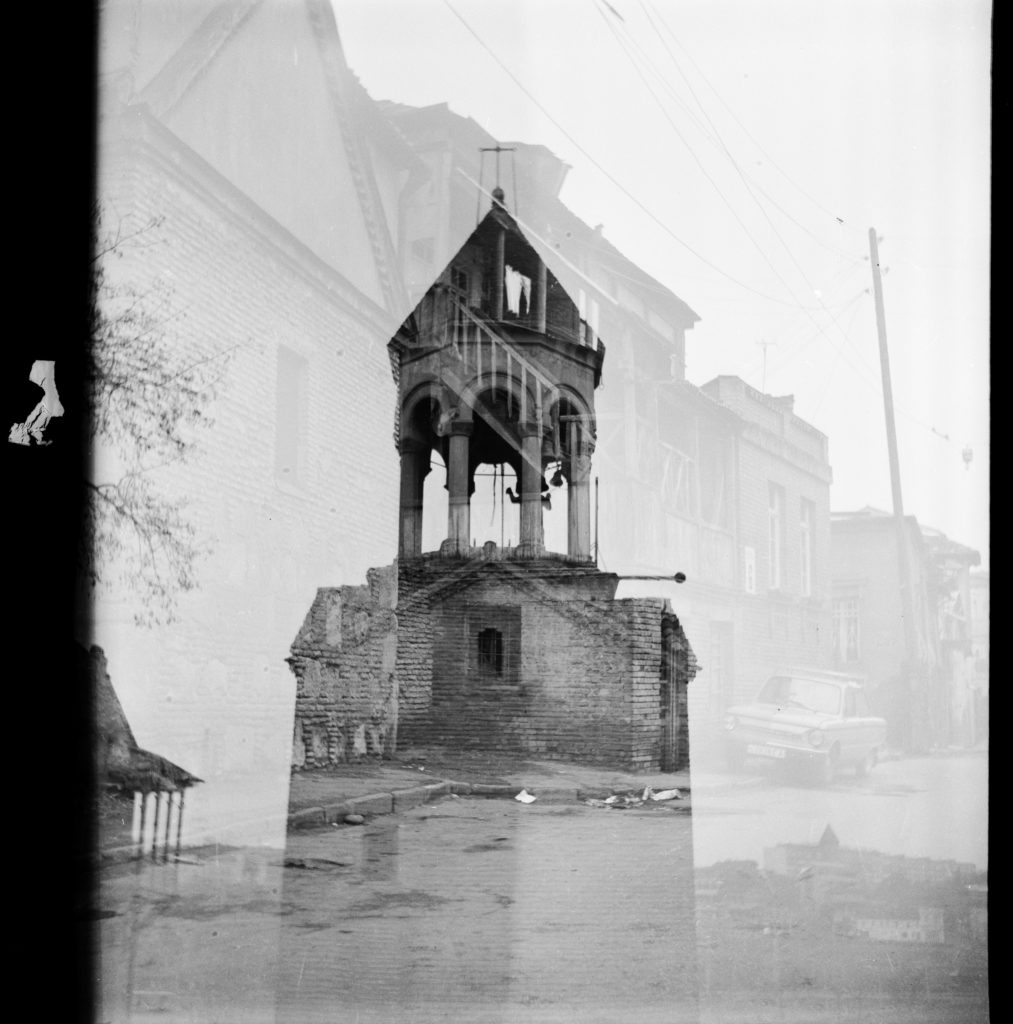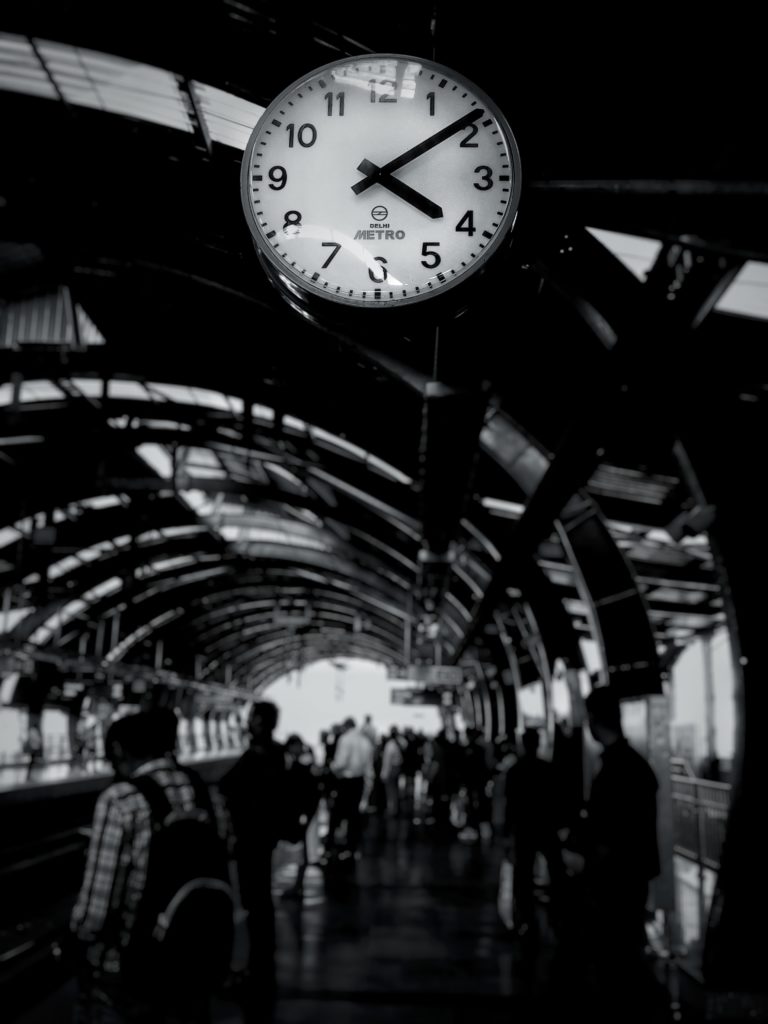We’ve curated our best editorial secrets and industry insights into a series of articles. They range from getting started through staying on track and grasping the publishing business. Put those fuzzy slippers on your feet, pull up a cushy armchair, and enjoy.
The Five Rules of Writing Flashbacks
Reposted from my guest blog on Writing Forward
“Flashback” is a term that we are all familiar with, even if its definition has grown a little vague. We sense that a flashback is something that happened before… but happened before what? Where we are now?
The reading present
In other words, what are we flashing back from? In order to answer this question, I’d like to introduce a companion term to flashback: the reading present. The reading present is the main narrative through line, the most commonly visited time period, the one whose beginning and end most closely mirrors the beginning and end of the book as a whole.
There are good reasons to leave the reading present:
- Deepen characterization
- Create suspense
- Introduce other characters and events that will eventually matter a great deal to our outcome
But there are also bad reasons to use flashback, not morally bad reasons of course, just whoops-I-painted-myself-in-a-wicked-corner bad reasons.
Five Rules of Writing Flashbacks
To assist with this quandary, I offer the following five rules of writing flashbacks:
- When we flash back, we do so for a reason. And — get this — we reveal this reason to the reader. This reveal can be subtle, but readers need to be able to make some kind of connection to why we just went there or they will feel lost.
- Don’t leave the reading present for so long that readers lose their bearings upon return. In other words, don’t fall in love with another time period and dally there, favoring it over the reading present. The reader will wonder if that is when your story really takes place, and whether everything else has been a flash-forward, which gets confusing (see rule #5). Readers need exactly one reading present. Whatever the narrative frame, to wherever it jumps around, the reader’s expectation is that they will return to the reading present. There they feel most at home and know to expect to find out what happens next.
- Don’t flash back for too short a time, such as a few lines or a paragraph, which is really more like presenting a memory. Instead, stay in the reading present and recount the past events through a character’s thoughts. When you do flash back, do so for an entire scene, with all the benefits that a scene brings: dynamic action, a change in the state of affairs, development of the theme. This doesn’t mean a flashback can be only one scene long. It can be longer provided readers aren’t lost upon their return (see rule #2).
- If you are going to use multiple timelines, present each timeline chronologically. Help a reader out. If we are flashing back from a through line that takes place in 2002 to a through line that takes place in 1993, at least have the events in 1993 take place sequentially. (You know, June, 1993 in one flashback, July, 1993 in the next flashback, October 1993, etc.) We need to feel the narrative driving forward at all times.

- Flashbacks work, but flash-forwards don’t usually work. Flashbacks work because they correspond with our psychology. When we have a problem, we think back to an earlier time when something else happened. Then we figure something out about ourselves or our world (this is how therapy works, I think). If someone asks about your past, you can discourse on it rather freely even though you might end up changing the subject. If someone asks about the future, all but the most reckless souls will admit they don’t know yet.
Examples of fabulous flashbacks
For a great example of the reading present (or the viewing present, in this case) and some fabulous use of flashbacks, watch the film Slumdog Millionaire. The reading present here is the quiz show, Who Wants to be a Millionaire? The main character, Jamal, answers each question successfully, much to the surprise of all involved, by flashing back to specific events in his past and coming back to the viewing present with the correct response. There is even a third timeline — a lot to ask of today’s movie-going public — of Jamal being interrogated by the police. But it works because each timeline in presented in chronological order.
Check out my second book, Book Architecture, for further analysis of Slumdog Millionaire, and many more writing
rulesstrategies.
When we talk about flashbacks, the reading present, chronologies, and multiple timelines, we are talking about the general category called order, right? And I say that if we’re talking about order… then we might as well have some!

